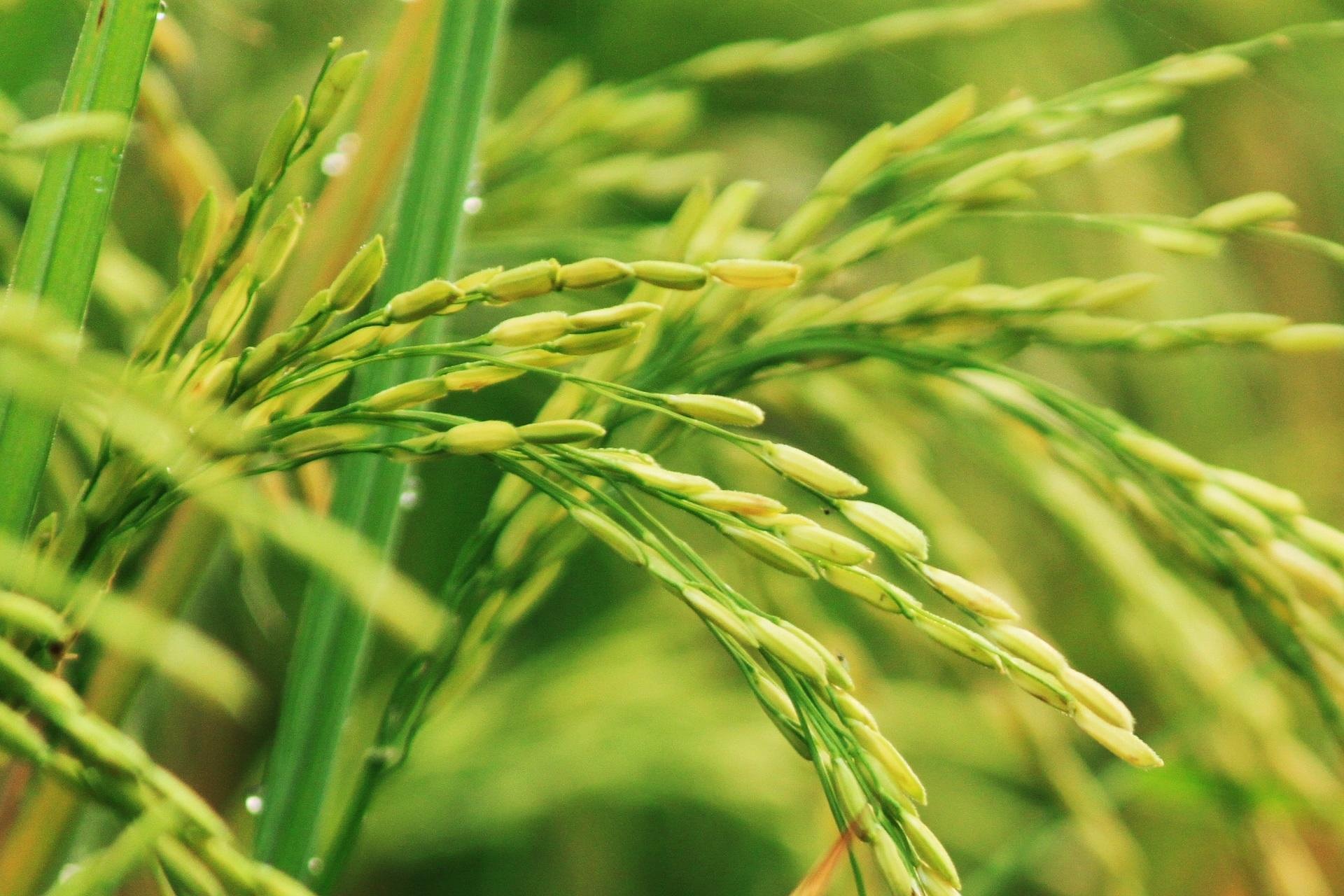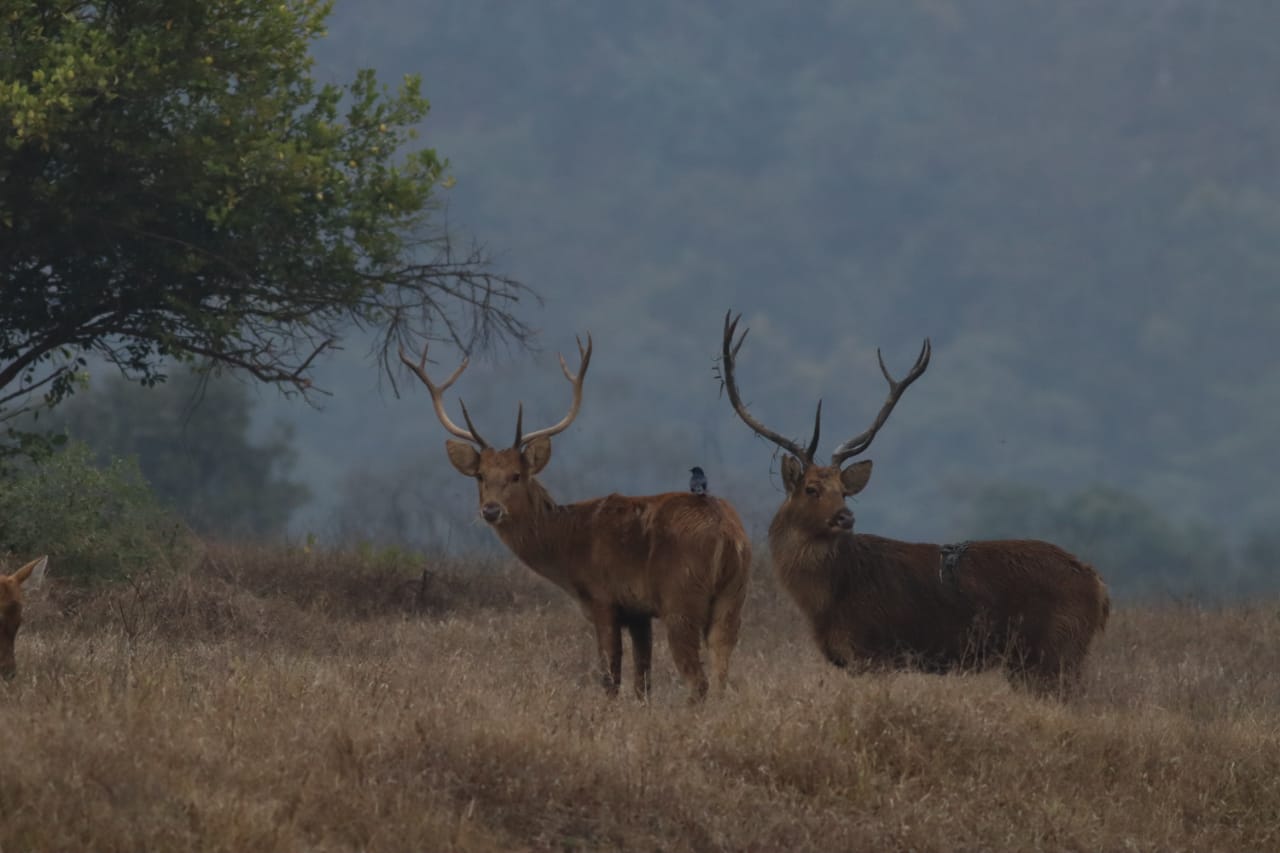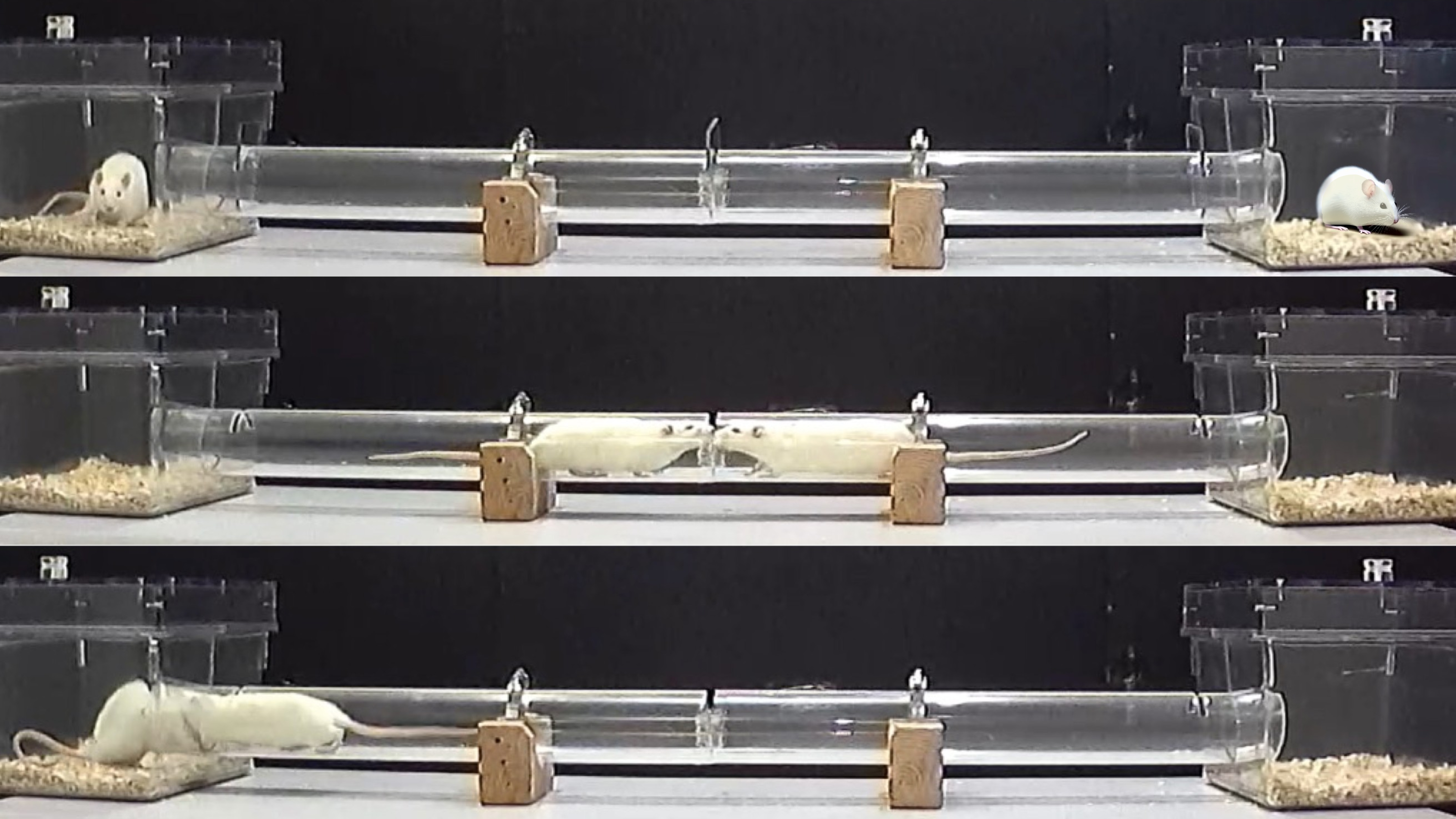-
Rice uses a single molecular switch to heal after injury
When a rice leaf is torn or bitten, the plant doesn’t just sit still. It launches a series of rapid molecular alarms.
-
A new way to watch bacteria modify our proteins in real time
Bacteria have evolved many clever ways to take over human cells during infection.
-
Village relocations redraw the wildlife map
When Project Tiger was launched in 1973, efforts to carve out safe havens for tigers took on a new urgency.
-
Ecological Factors Determine The Evolution of Antipredator Strategies of Animals
A walk through a forest can be a bewildering experience. The whole forest appears to be running wild with insects of varied colours, hues and behaviours. Many of these traits appear to be deployed in defense against visually-hunting predators such as birds and lizards. Evolutionary biologists have long puzzled over the factors that determine when animals evolve to deter predators either through striking visual displays or by hiding in plain sight (i.e., camouflage).
-
How does a species fight extinction?
In the 1990s, when Kauai crickets in Hawaii sang love songs with their wings to attract mates, a new island visit
-
How do cells build organs without a blueprint?
For cells to form functional organs, they must not only multiply but also migrate to the correct loc
-
A new database to predict protein function without complete 3D structural information.
Proteins drive nearly every process within a cell.
-
Social status shapes how we handle stress
In the animal kingdom, social hierarchies are everywhere - from hornets to hyenas to humans.
-
Tracing the origins of a key enzyme in multicellularity
Effective communication between cells is fundamental to the success of multicell
-
How Red foxes survive among free-ranging dogs in the Indian Trans-Himalaya
Across the globe, the spread of human settlements has brought with it the rise of our most familia















